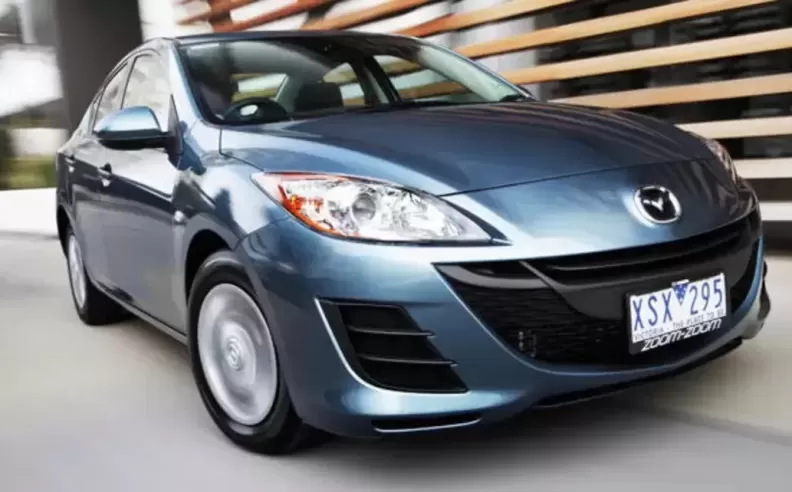
In the era of innovation and sustainability, technology is emerging as a major factor in shaping the future of the automotive industry, and from this standpoint, Mazda takes us on an innovative technological journey with the i-Stop system, which embodies the company’s commitment to the environment and efficiency. This system, also known as “Idle Stop” technology, is an important step towards achieving optimal environmental performance without sacrificing performance or comfort. With a focus on the Saudi and Arab market, Mazda's iStop system shows how technology can work closely with the environment, providing a model for sustainable innovation in the automotive world.
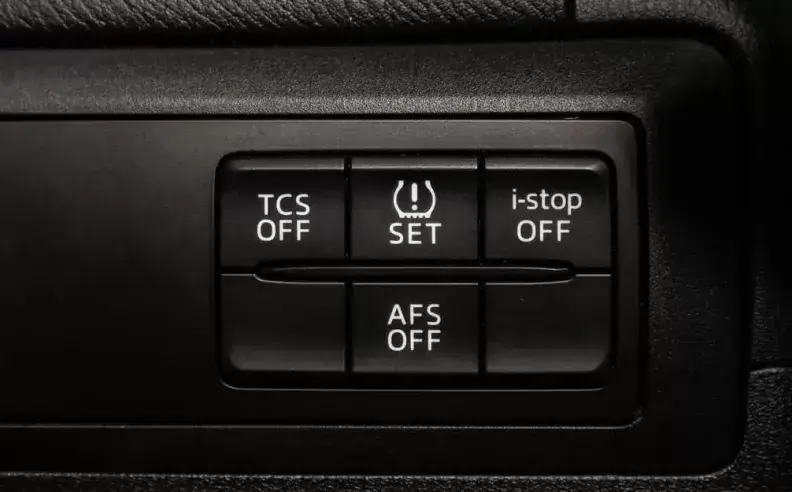
At the heart of Mazda's commitment to innovation and sustainability, i-Stop stands out as a great example of smart technology that serves both the environment and vehicle users. This intelligent system is designed to automatically turn off the engine when the car is at a stop – for example, at a traffic light – and quickly restart it when the driver is ready to move on. This is part of the company's efforts to reduce carbon emissions and increase fuel efficiency.
The iStop system works very efficiently thanks to an advanced set of sensors that constantly monitor the vehicle's condition and surrounding conditions. When the brake pedal is depressed and the vehicle stops, the system turns off the engine to reduce unnecessary fuel consumption and reduce emissions. Then, when you release the brake pedal or press the clutch pedal in manual transmission vehicles, the system instantly and smoothly restarts the engine, providing quick shifting and fuel efficiency.
The system takes into account several factors before turning off the engine, such as engine temperature, battery state of charge and need for air conditioning, to ensure that occupant comfort and the driving experience are not negatively affected. This innovative system demonstrates how Mazda is leveraging technology to enhance fuel efficiency and support the environment, making it a leader in environmental innovations in the automotive industry.
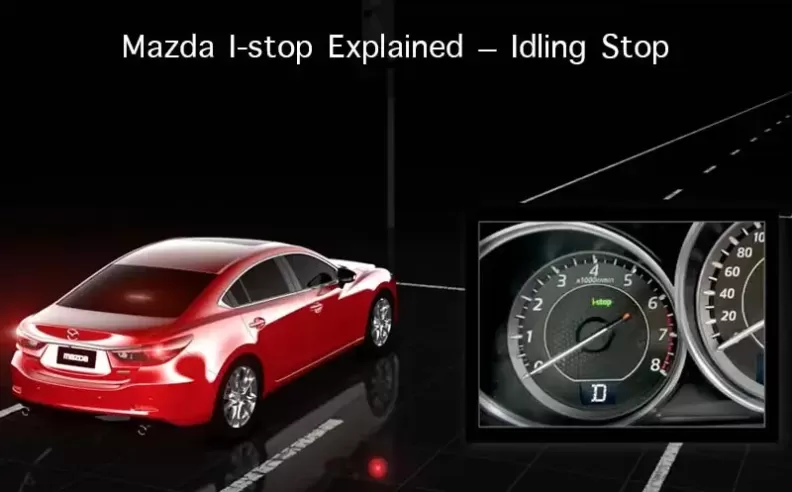
Mazda's iStop system is not only an innovative technology that improves the driving experience, but it also offers many benefits that contribute to protecting the environment and enhancing fuel efficiency. This system, by its nature, reduces unnecessary engine operation periods and thus reduces fuel consumption and reduces carbon emissions, which contributes to efforts to reduce the negative impact of cars on the environment.
One of the main benefits of the iStop system is its significant fuel economy, especially in city driving where frequent stops and stops due to traffic signals and traffic congestion are common. By reducing the time the engine spends running while the vehicle is stationary, the system reduces unnecessary fuel consumption, resulting in a significant improvement in overall fuel efficiency.
On the other hand, the iStop system effectively reduces the car's carbon footprint. Low carbon emissions mean less damage to the environment and a greater contribution to efforts to combat climate change. This type of technology demonstrates Mazda's commitment not only to innovation in automotive design and manufacturing but also to environmental responsibility.
In addition, the iStop system is characterized by its ability to provide a quick and smooth restart of the engine, ensuring that the quality or smoothness of the driving experience is not affected. This efficiency highlights how modern technologies can enhance a vehicle's efficiency without compromising on performance or comfort.

Wael is an automotive content writer specializes in creating written content for Motor 283. Producing a wide range of content, including blog posts, articles, product descriptions, reviews, and technical guides related to cars, trucks, motorcycles, and other vehicles, with an unprecedented passion for cars, and motorcycles.
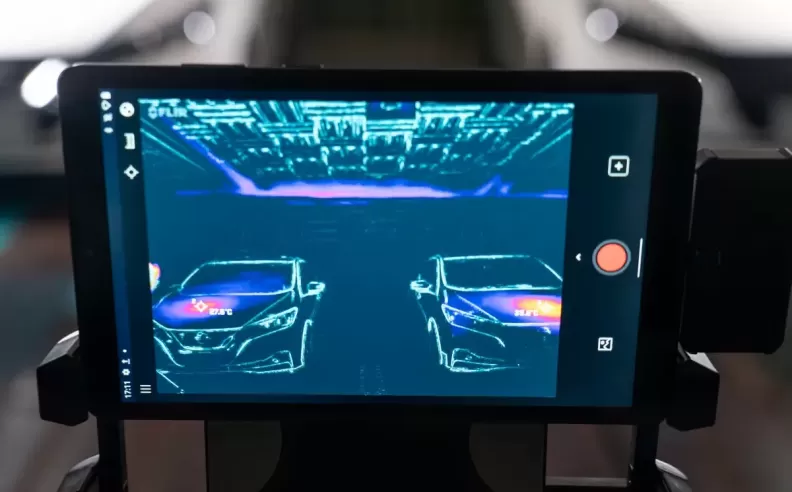
Further to Nissans’ recent announcement on it’s trial of innovative automotive paint technology, Harmeet Singh, Aftersales Director at Al Masaood Automobiles commented: “The summer months in the UAE witness high temperatures and humidity, which may ultimately have an impact on vehicles and cause discomfort to drivers – especially if parked outside. Nissan, in line with its commitment to leverage the latest technologies and intelligent mobility systems, is trialling with an innovative automotive paint that can address this issue. This latest technology will not only reduce the temperatures of exterior and interiors of vehicles, but it will also contribute to the reduction in use of fuels. While this new technology is still in the testing phase, it does have a promising potential.”
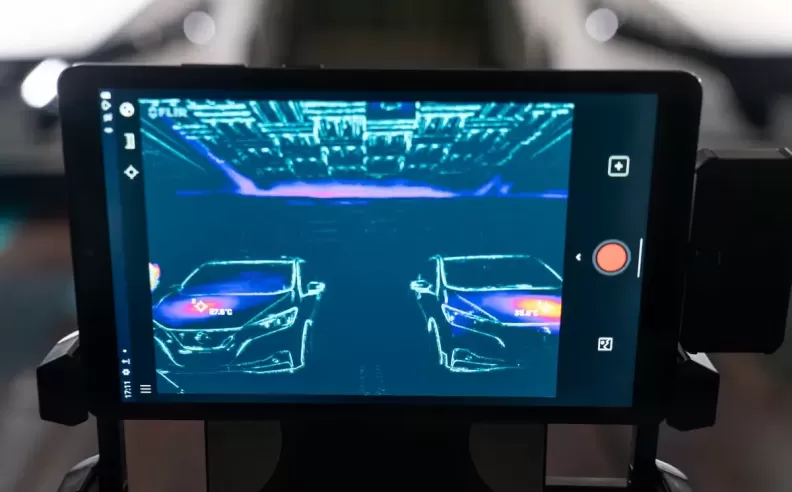
Nissan has been trialing an innovative automotive paint aimed at helping lower a vehicle’s ambient cabin temperature in summer and reduce the energy usage of the air-conditioning system.
Developed in partnership with Radi-Cool, a specialist in radiative cooling products, the paint incorporates metamaterial, synthetic composite materials with structures that exhibit properties not usually found in nature. The project is part of Nissan’s pursuit of differentiated innovations that empower journeys and to help create a cleaner more sustainable society.
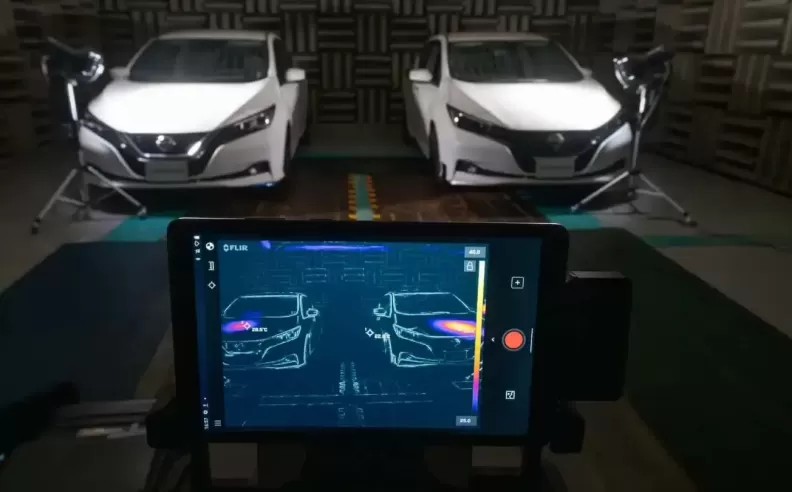
In a significant stride towards innovative automotive design, Nissan is pioneering a new type of exterior paint designed to tackle a persistent problem: heat. This groundbreaking paint, developed in collaboration with Radi-Cool, leverages electromagnetic waves to reduce surface and interior temperatures, promising a cooler and more comfortable ride for drivers.